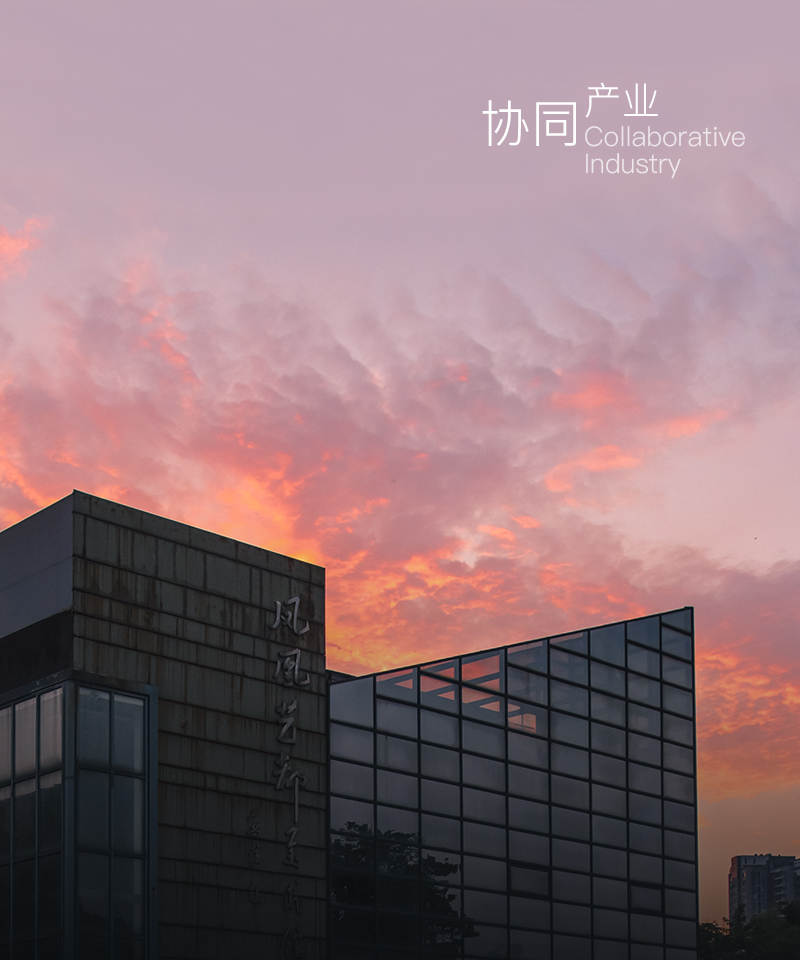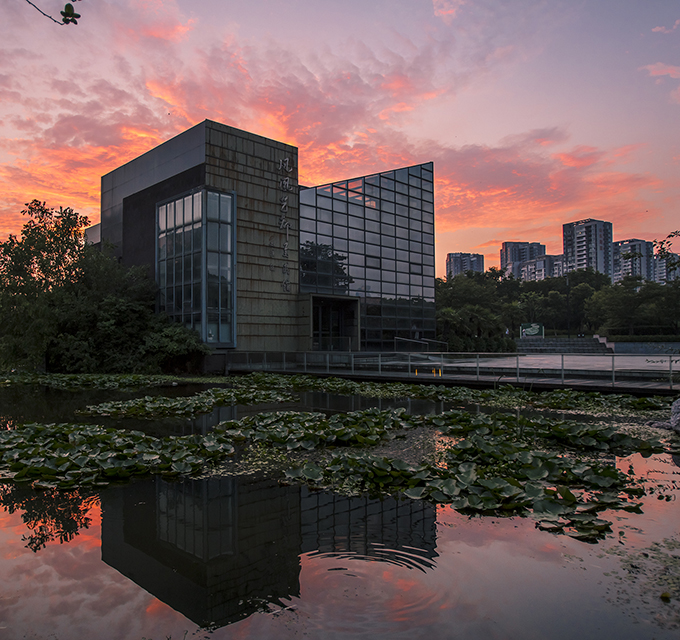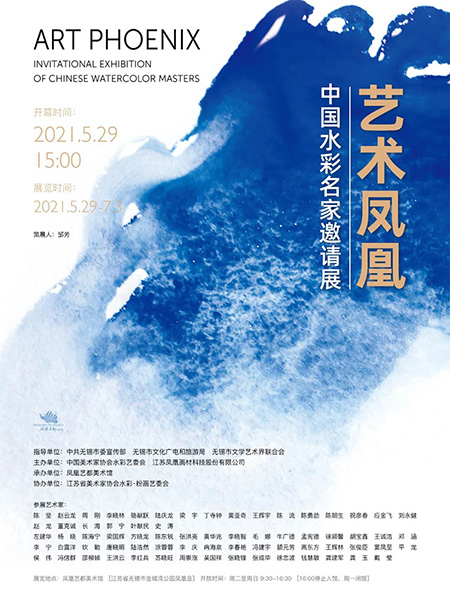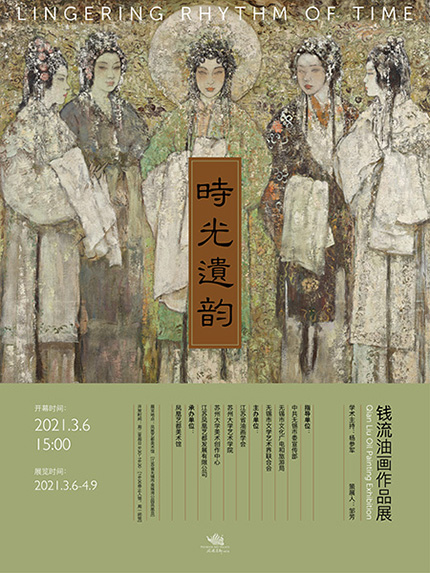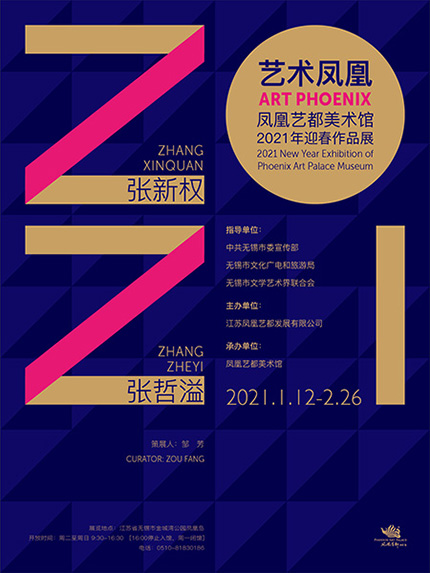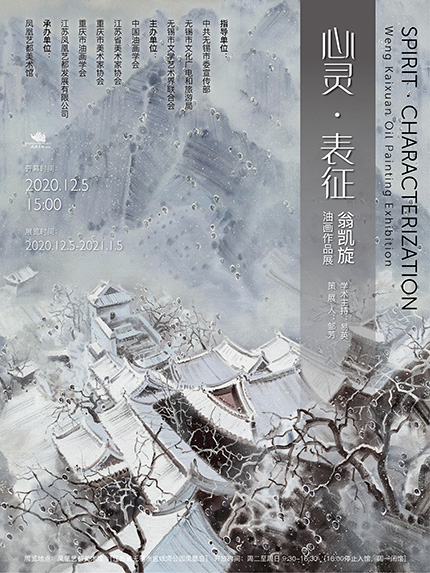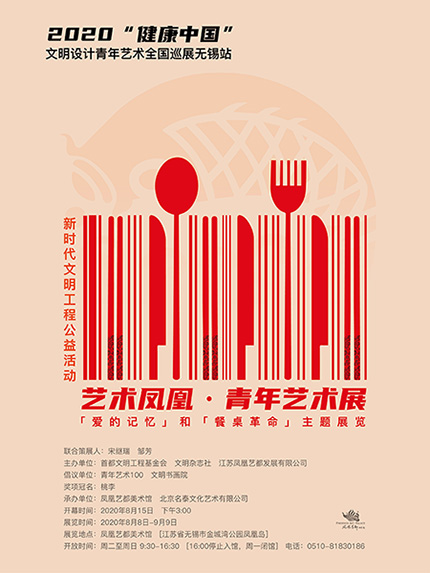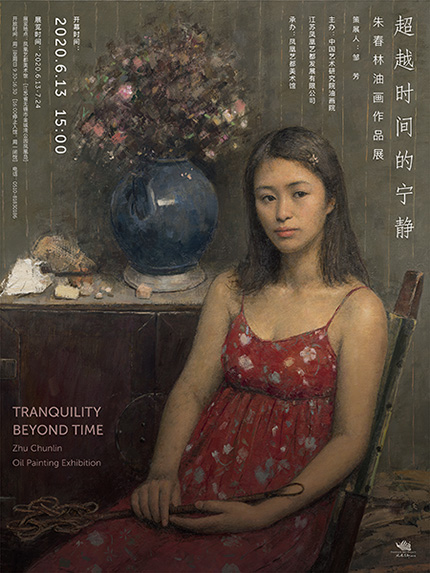Phoenix Art Palace Museum is located on Phoenix Island, Jinchengwan Park by Taihu Lake, Wuxi City; its name was written by Jin Shangyi. Exhibition hall covers an area of 1,500 m2 and can exhibit more than 100 works at one time. Under the mission of promoting Chinese contemporary oil painting to the world, the Museum holds exhibitions and collections by following the main line of contemporary easel oil painting, and establishes a platform for both Chinese and foreign contemporary excellent young and middle-aged oil painting artists.
The Museum adheres to the academic attitude of freedom, independence, tolerance and openness; sets building an international excellent museum as its long-term objective; supports the in-depth development of Chinese contemporary oil painting upon advantages of private company system encouraged by the State; publicly carries out contemporary easel oil painting education activities urgently needed in China; organizes artists to sketch and create from nature and life; conducts academic exchanges with Chinese and foreign artists and art institutions. Since its opening in June, 2012, it has held more than 50 high-end exhibitions for viewers in Jiangnan Area, and such exhibitions integrated academic themes, aesthetics and collection in one; among which, “Chinese Expression”, “Seeking Source”, “New Abstraction”, “Legacy and Progress”, “Concrete Image Research · Classic Realism” and “Fifth Anniversary Exhibition” exhibitions have brought profound influences to domestic art circle. By doing so, it has established a platform for oil painting learning and exchange.
The Museum’s public education function is increasing prominent. By holding academic seminars, oil painting appreciation salons, high research classes of enjoyable oil painting and other relevant activities, it has improved artistic aesthetic abilities of the public and raised the level of oil painting creation in Jiangnan Area. As an oil painting coordinate locating by Taihu Lake and radiating the entire State, it will become a beautiful landscape in the development of Chinese culture and art with stronger vitality and broader influences.


